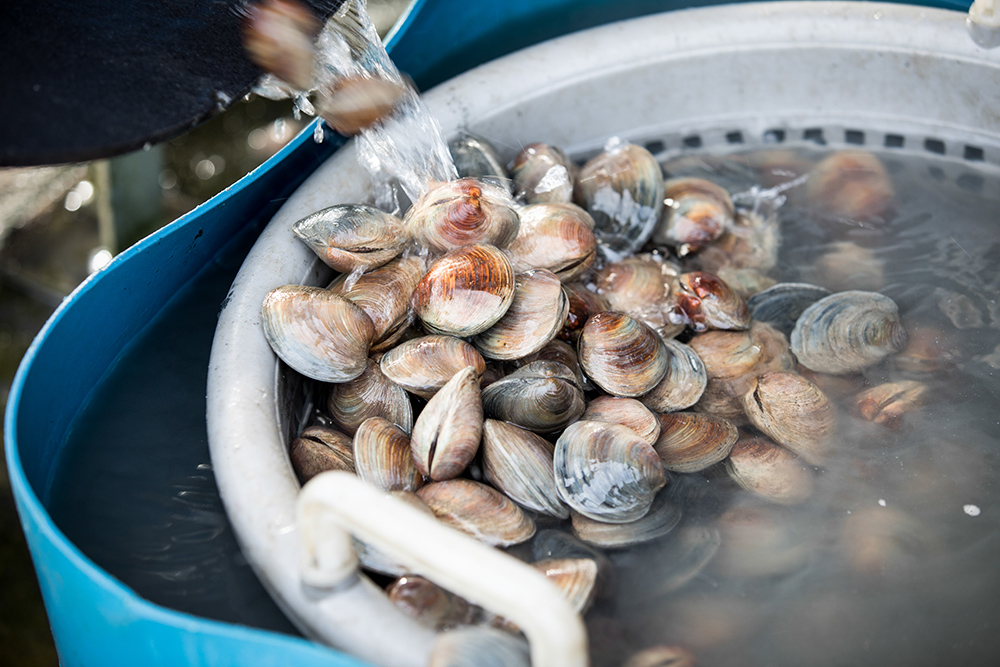No one can predict how much rain the summer will bring. But it's likely that your outdoor water use will be rationed or banned entirely this summer. So to avoid a sudden panic when this happens, start droughtproofing your landscape now.
First, check out your current water use patterns to see what parts of your landscape get the most water.
Typically, turf areas get the most irrigation. After all, turf is often used as a welcome mat to the home. A lush, green carpet adds to the home's curb appeal.
Drought-tolerant Turf
However, some turf grasses are more drought-tolerant than others. Bermuda, for instance, ranks high. It will actually go dormant during drought, then bounce back when rain resumes. Fescue, on the other hand, may die if it's not watered when rainfall is limited.
Along coastal Georgia, a new drought-tolerant grass called seashore paspalum is being widely used. Depending on your current grass species, changing over to a more drought-tolerant grass may significantly reduce your landscape's water demand.
Another option would be to replace an irrigated turf area with a drought-tolerant ground cover. Use plants such as liriope or mondo grass in shaded areas. And plant Asiatic jasmine, variegated liriope or a low-growing, horizontal juniper such as Blue Rug or Prince of Wales in full-sun sites.
Once established, these plants require little to no irrigation. Check with local nurseries about ordering bare-root or "liner" plants (rooted cuttings in 2-inch pots). This is an economical way to plant a large area. Many groundcover nurseries in Georgia sell bare-root and liner plants.
Annual Flowers Demanding
Most annual flowers demand lots of water. Consider placing these plants in one or two large containers near the entrance to your home, rather than in big ground beds.
Plastic pots may be a better choice than terra cotta, which lose moisture through their sides and dry out faster. Use as large a container as you can for the space. The larger soil volume will allow more root growth and won't dry out as fast as a small pot.
Two to three sheets of newspaper on the surface of the container before planting will help prevent water loss. Then add a layer of pine bark mulch or pine straw after planting as another barrier to moisture loss.
Just Say Mulch
Changing landscapes to save water doesn't have to cost a lot. For instance, a natural mulch area can replace an irrigated area.
Many cities and counties supply wood mulch to local citizens at low cost to keep yard waste out of the landfill. An added layer of mulch around established ornamental plants will help prevent evaporative water loss, too. It will keep the soil moist for a longer time.
Still another water saver may be simply to irrigate fewer plants or less often. Maybe you're watering plants that don't need as much water as you're giving them. Most well-established ornamental shrubs and trees can survive weeks without irrigation.
'Listen' to Plants
Plants will tell you when they need water by turning gray-green or wilting. Use a hand-held hose with a water breaker to apply water slowly, targeting plants that need water. Let the water soak in slowly to avoid runoff.
If you can't water at all due to local bans, prune back wilted plants to reduce their foliar demand for water and help them through a dry time.
To learn more about water-wise landscaping and water conservation, visit this University of Georgia Web site: http://interests.caes.uga.edu/drought/articles/ restrictinfo.htm. Or contact your county UGA Extension Service office for publications and recommendations for your area.






